When you're trying to remove nail glue from skin, it's crucial to do it safely to avoid irritation.
Given that nail glue is meant to last, finding it stuck to your skin can be tricky to handle. However, you can get rid of it effectively and without harm, using simple items from around your home.
Whether you've got a drop or a dollop of glue on your fingers, there's no need to worry. Items like petroleum jelly, soapy water, and even acetone can come to the rescue.
Interested in learning how to liberate your skin from stubborn adhesive with ease? Keep reading to discover the best methods for glue removal that keep your skin safe. Read on to find out how!
Table of content
Also Read
Identifying Nail Glue Composition

When you're faced with nail glue on your skin, it’s crucial to understand what you’re dealing with to effectively remove it.
Understanding Cyanoacrylate
Cyanoacrylate is the main component in most nail glues, commonly referred to as super glue. It is known for creating strong adhesive bonds rapidly, which makes it ideal for nail applications—adhering false nails to your natural nail bed with efficiency. However, this same property can pose a challenge if the glue adheres to your skin.
-
Properties of Cyanoacrylate:
- Clear liquid
- Fast-acting
- Forms a strong bond upon exposure to air
Understanding that cyanoacrylate is designed to set quickly will inform the method you choose to remove it from your skin. The bond it forms is robust, meaning that a gentle approach to removal is often necessary to prevent skin damage.
Preventative Measures
Preventing nail glue mishaps during a manicure, whether at a salon or a home setting, hinges on a proactive approach. Utilizing barrier creams and adhering to proper manicure techniques are essential steps.
Applying Barrier Cream
Applying a barrier cream on your skin surrounding the nails can drastically reduce the chances of adhesive contact.
Prior to applying any artificial nail glue, distribute a thin layer of this protective cream around your nails. This serves as a shield, maintaining the integrity of your skin and simplifying the clean-up process.
Proper Manicure Techniques
When working with nail glue, precision is paramount. Use tools designed for accurate application to place small amounts of glue onto the nail, avoiding skin contact. Work in a clean, well-lit, and organized space to maintain control over the application process.
A well-ventilated area is also essential for reducing fume inhalation during a home manicure or at a nail salon.
Also read:
How to Remove Nail Glue from Skin

When attempting to remove nail glue from your skin, starting with non-invasive methods is key. These strategies aim to loosen the glue without causing skin irritation, using materials commonly found at home.
1. Using Warm Soapy Water
To begin, you should soak the affected area in warm soapy water. This can help soften both the skin and the glue, making it easier to remove.
- Soak: Place your skin in a bowl of warm water mixed with a mild soap for about 10-15 minutes.
- Wash: After soaking, gently wash the area with the soapy water using a soft cloth to help lift the glue.
2. Implementing Oil-Based Substances
If warm soapy water doesn't do the trick, applying oil-based substances can be effective.
- Oils to Use: Consider using everyday products like hand lotion, hand cream, or cuticle oil.
-
Application:
- Apply a generous amount of the chosen oil to the glued area.
- Let it sit for a few minutes to allow the oil to penetrate and loosen the glue.
- Wash off the oil with warm soapy water.
3. Using Acetone-Based Products
Acetone is a powerful solvent found in nail polish remover. Before using acetone, make sure to protect the surrounding skin with a barrier like petroleum jelly.
To apply, saturate a cotton ball or cotton swab with acetone-based nail polish remover and place it onto the glue-affected area. Press gently, allow it to soak for a few minutes, then wipe away the nail glue.
Use in a well-ventilated area and avoid overuse, as acetone can dry out your skin.
4. Using Alternative Dissolving Agents
If you prefer to avoid acetone or don't have nail polish remover, other chemical agents can also dissolve nail glue. Products such as rubbing alcohol or hand sanitizer, containing alcohol, can weaken the glue.
Soak your skin in warm water first to soften the glue, then apply the alcohol-based product using a cotton ball. Repeated application may be necessary, but these agents are usually less drying than acetone.
Remember to moisturize your skin after using these chemical removal methods to replenish any lost moisture.
5. Using Physical Tools
Nail File or Emery Board: Gently file the edges of the glue on your skin with a nail file or emery board, being cautious not to file your skin directly.
- Step 1: Identify the glue on your skin.
- Step 2: File gently around the edges of the glue.
- Step 3: Avoid contact with the nail bed to prevent injury.
Nail Buffer: Use a nail buffer to buff away small residues of glue.
- Step 1: Buff the area in a gentle, circular motion.
- Step 2: Check the skin frequently to ensure it isn't becoming irritated.
Cuticle Pusher: Employ a cuticle pusher to pry up the edges of the glue, especially if it's close to your cuticles.
- Step 1: Slide the flat end of a cuticle pusher under the edge of the glue.
- Step 2: Lift the glue away from your skin slowly.
- Warning: Be gentle to avoid ripping the skin.
Post-Removal Care

After successfully removing nail glue from your skin, it is critical to address any dryness or irritation that may have occurred during the removal process. Proper post-removal care ensures your skin heals and regains its natural balance.
Hydration and Moisturizing
Your skin may experience drying due to chemicals in nail glue and removers, making hydration crucial.
Immediately after removal, generously apply a moisturizer to the affected area to replenish moisture and soothe the skin. Here's a straightforward routine:
- Rinse: Gently wash your hands with mild soap and lukewarm water.
- Pat dry: Use a clean towel to pat your skin dry, avoiding any rubbing.
- Moisturize: Apply a rich moisturizer or emollient to comfort the skin and lock in hydration.
Choose moisturizers with ingredients like aloe vera, glycerin, or hyaluronic acid, known for their soothing and hydrating properties.
Also read: Causes and Treatment of Hangnails
Healing Minor Irritations
If you notice redness or skin irritation such as a chemical burn or minor skin damage, it's essential to treat these symptoms promptly:
- Cool the area: Apply a cool compress to reduce inflammation.
- Healing ointments: Use over-the-counter creams or ointments formulated to help heal skin damage.
- Avoid irritants: Keep away from further use of harsh chemicals on the affected skin.
If symptoms persist or if you develop signs of infection like increased pain, pus, or swelling (which could suggest paronychia, an infection around the nail), it is important to seek medical advice.
Safety Considerations
When attempting to remove nail glue from your skin, do so with the utmost care to prevent skin damage or severe reactions. Prioritize your safety by knowing how to identify allergic reactions and avoid common removal mistakes.
Recognizing Severe Reactions
- Allergic Reactions: If you notice excessive redness, swelling, or itching, you may be experiencing an allergic reaction. Onycholysis, or separation of the nail from the nail bed, can also occur.
- Chemical Burns: Nail glue can cause chemical burns, which may look like irritation at first but can quickly progress to more severe symptoms, such as blistering or the appearance of second-degree burns.
- Immediate Concerns: Should the glue come into contact with sensitive areas like your eyes, lips, or eyelids, flush the area with water and seek medical attention immediately. Avoid trying to separate glued skin or forcefully remove the glue, as this can cause tearing and further injury.
Avoiding Common Mistakes
- Sharp Objects: Be cautious when using sharp objects to scrape off glue. Improper use can lead to cuts or further skin irritation.
- Chemical Exposure: Limit your skin's exposure to harsh chemicals, including acetone, which can exacerbate irritation and potentially cause dermatitis or chemical burns.
- Professional Advice: If you have concerns about an allergic reaction or severe skin damage, contact a doctor for professional guidance on how to safely remove nail glue from your skin without exacerbating the situation.
Conclusion
Getting nail glue off your skin is easy with everyday items like soapy water, oils, or nail polish remover. Just take it slow and be gentle to avoid hurting your skin. Once you clear the glue, use some moisturizer to keep your hands feeling good.
Run into a sticky glue situation? No worries—just follow these steps to remove the glue without any fuss. And for all your nail care needs, check out BTArtBox Nail's products to keep your nails looking great with less mess.
Frequently Asked Questions
What is the safest method to remove nail glue from skin without affecting the nails?
The safest method involves using products that protect your skin and nails. Apply a barrier like petroleum jelly to the skin around the nail prior to using nail glue. If glue lands on skin, gently rubbing the area with a mixture of warm soapy water can help loosen the glue without causing damage to the nail itself.
Can one effectively remove nail glue from skin using household items?
Yes, household items such as acetone-based nail polish removers, cuticle oils, or a paste of baking soda and oil can be used. Apply these items with a cotton swab, let them sit to break down the glue, and then gently rub off the residue with a clean cloth.
What are the overnight treatments for removing nail glue from skin?
You can apply cuticle oil or petroleum jelly to the affected area before bed. These substances help to soften the nail glue. Covering your hands with gloves after application can aid in the treatment's effectiveness by trapping moisture and heat, which eases glue removal in the morning.
Is it possible to quickly remove nail glue from skin, and if so, how?
Quick removal can be achieved by soaking a cotton ball in an acetone-based nail polish remover and pressing it onto the glued skin. Allow it to sit for a moment to dissolve the glue, and gently scrub the area with a clean toothbrush to remove any residue.
Are there any risks associated with nail glue remaining on skin?
Prolonged exposure to nail glue can cause skin irritation or allergic reactions in some individuals. It is crucial to remove the glue promptly and safely to avoid these potential risks.
Which substances can safely dissolve nail glue on skin?
Acetone is a common substance used to dissolve nail glue. However, it can be drying to the skin, so it is important to moisturize after use.
Alternatively, oils such as cuticle oil or olive oil can loosen the glue when applied and left to soak into the area.
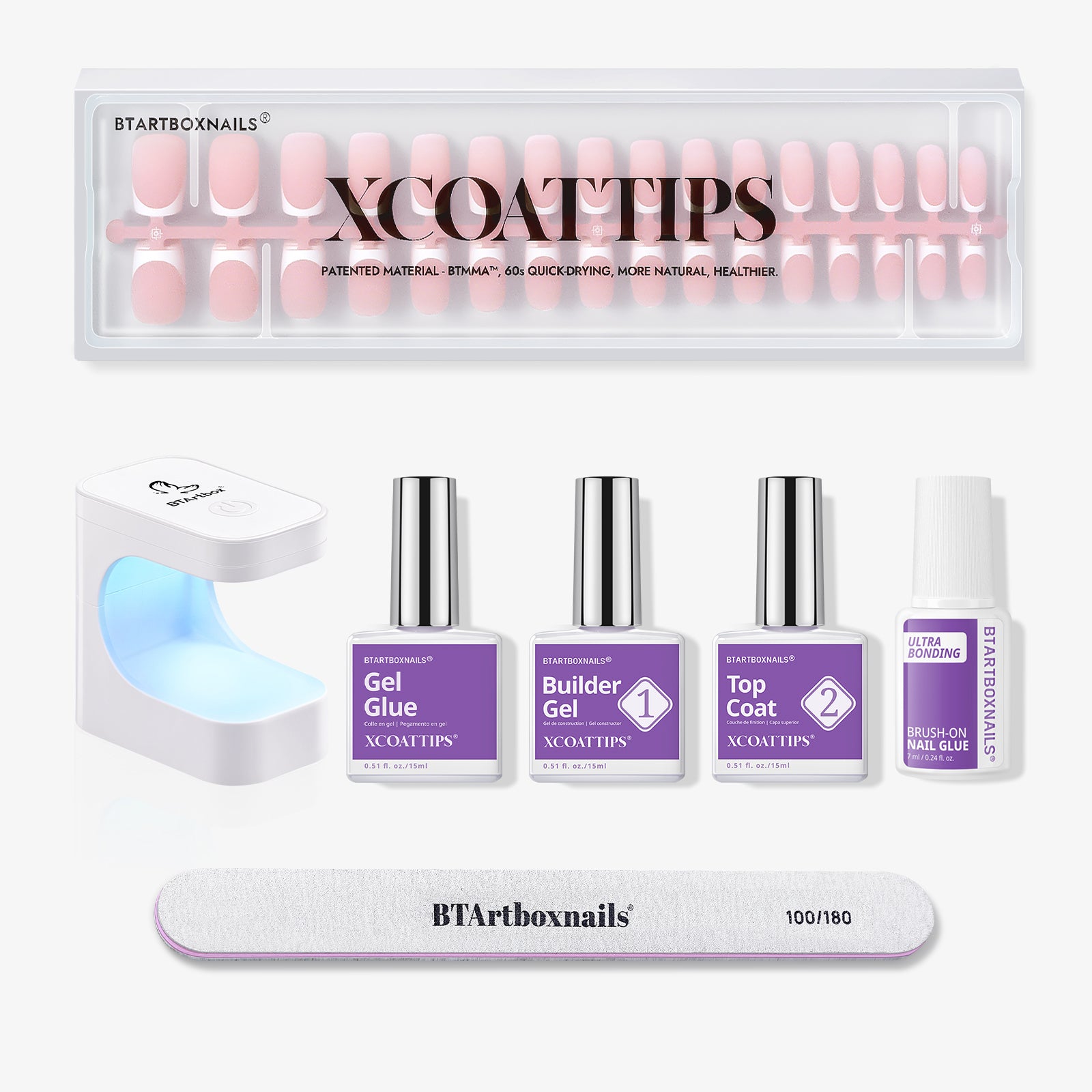
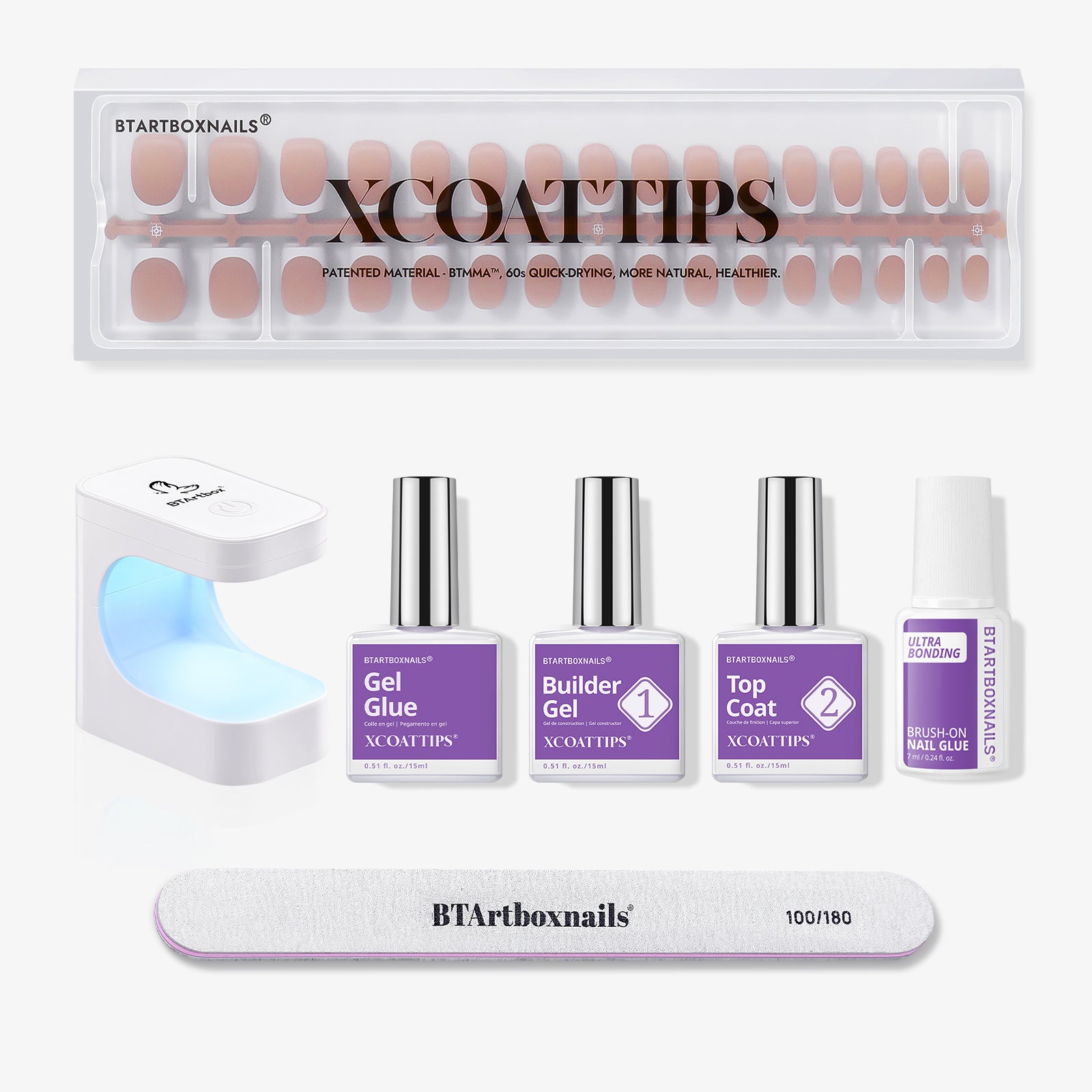
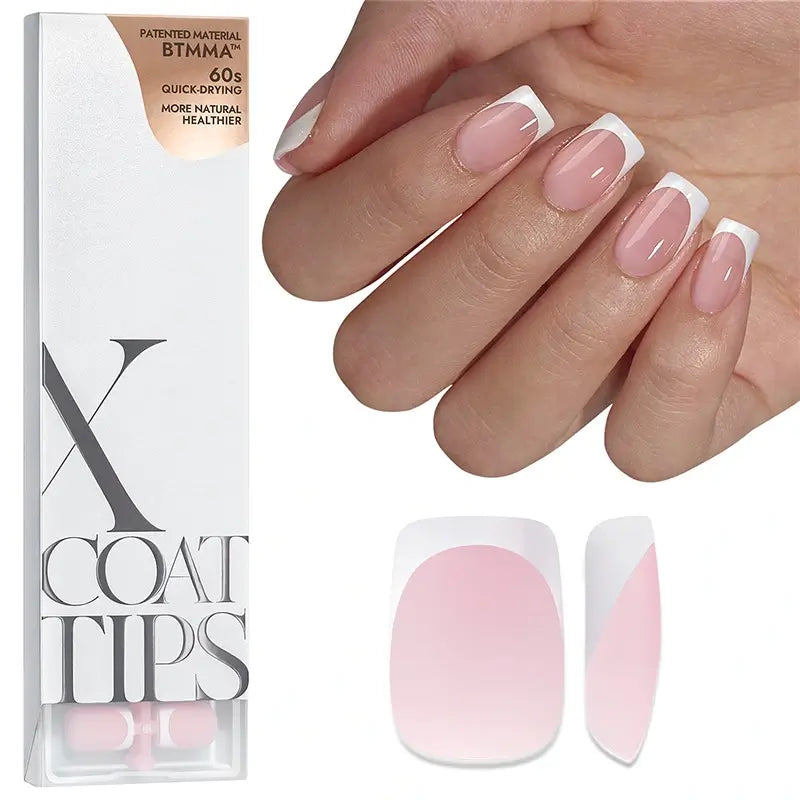
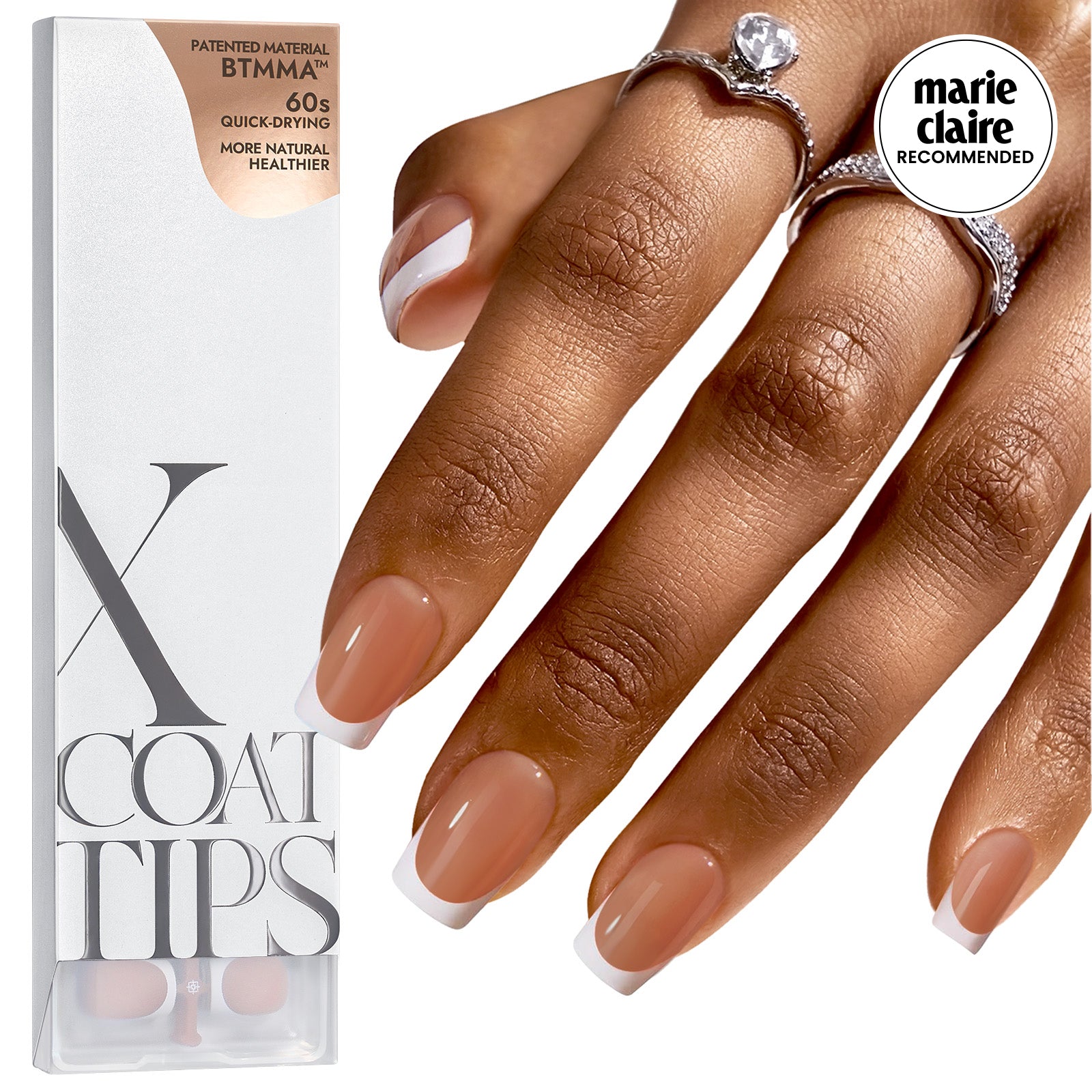
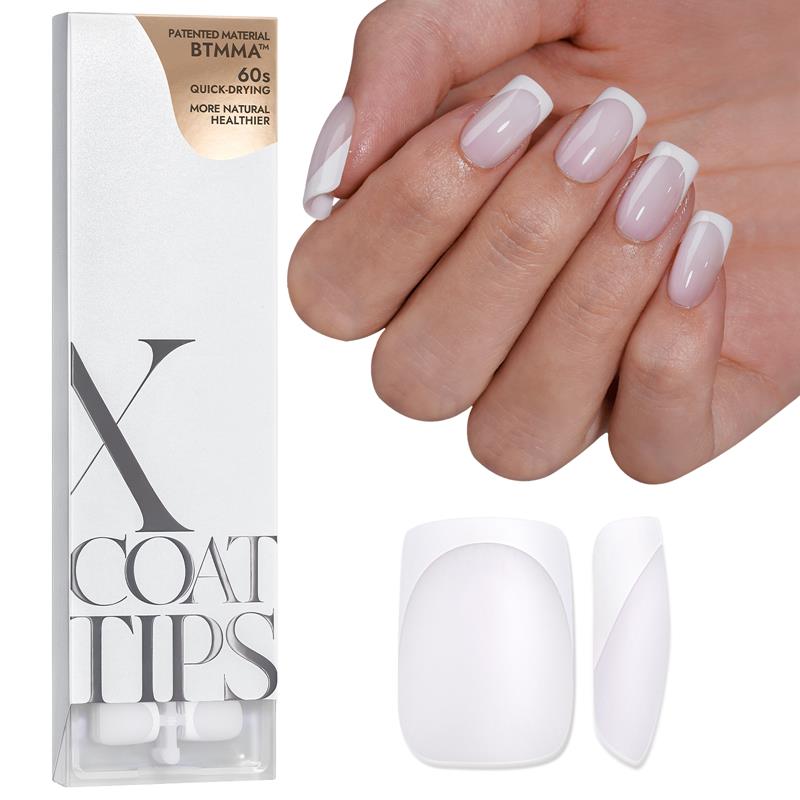

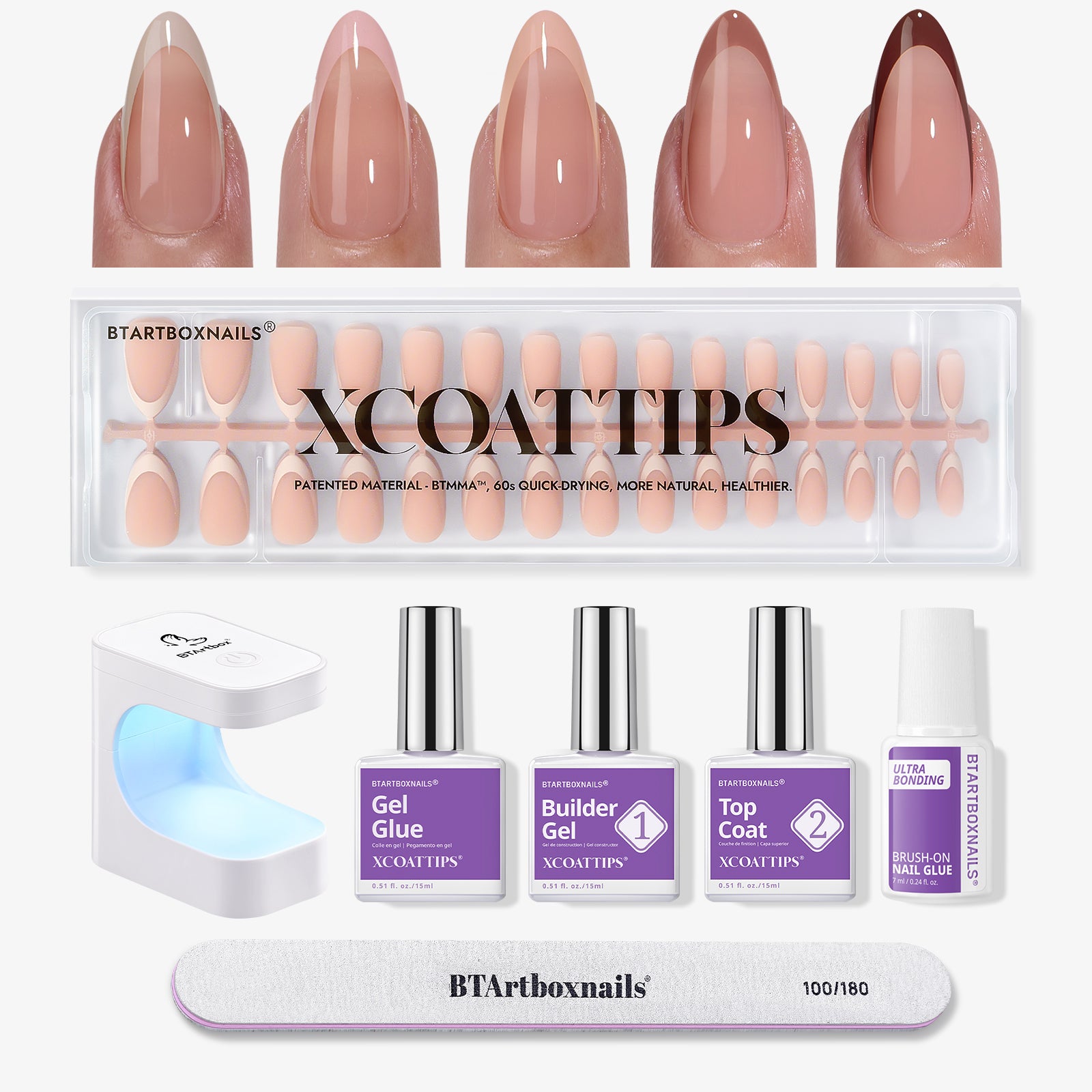


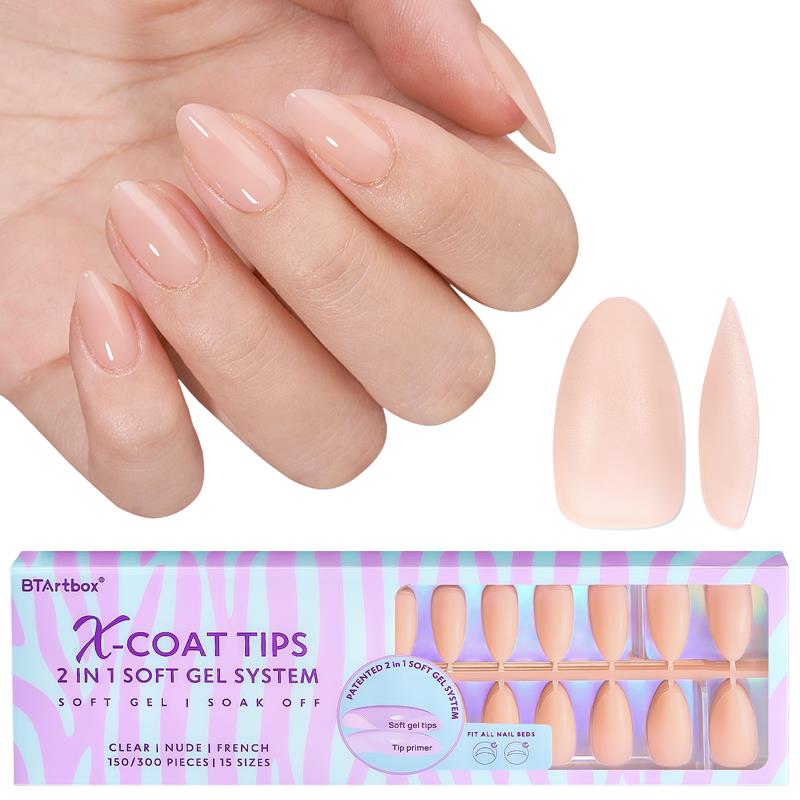


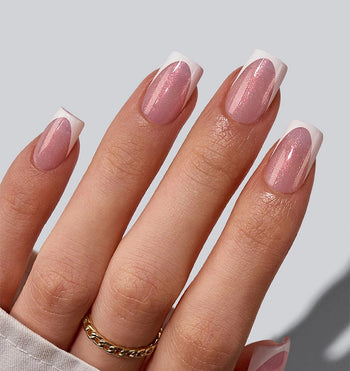
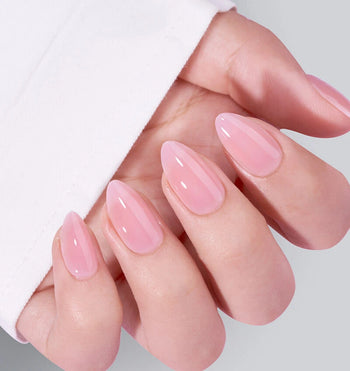
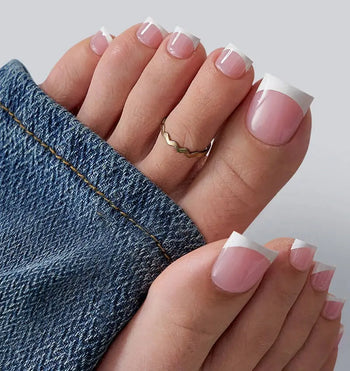
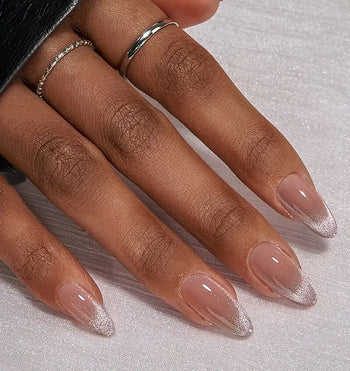



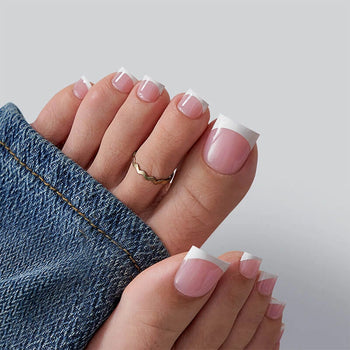













1 comment
Great post! Your skincare tips are super helpful. Can’t wait to try them out. Thanks for sharing! 😊
https://exsivia.com/how-to-get-nail-glue-off-skin-during-nail-prep/